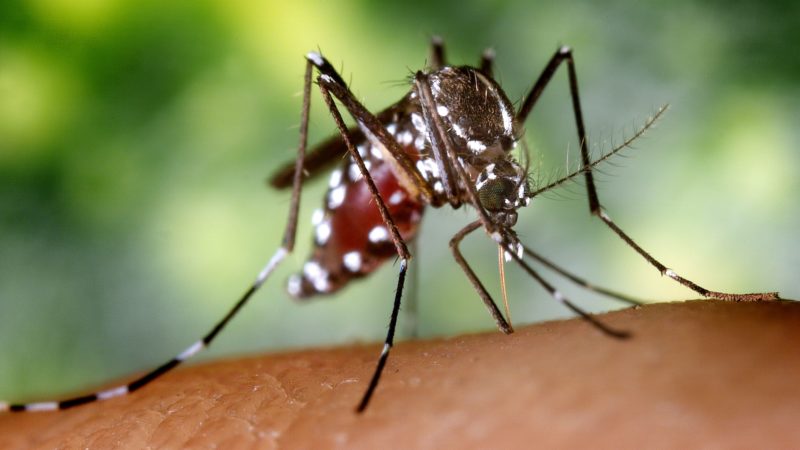Persistent impacts of West Nile virus on North American bird populations
Published Work | 2015 | Proceedings of the National Academy of Sciences 112(46), 14290–14294
permalink
Research Project | 2016
Since its introduction, West Nile virus (WNV) has spread rapidly across the North American continent, threatening wildlife populations and posing serious health risks to humans. In order to better understand how the distribution of WNV will further impact human and wildlife populations, and how these impacts may change under future climate conditions, our team has modeled the incidence of WNV infections under current conditions, and used these models to predict where the disease may occur in the future. Our risk assessment identifies hotspots of WNV and presents an important new approach for monitoring this and other vector-borne diseases under climate change.
To carry out this research, we call upon a a multidisciplinary team of experts in infectious disease ecology, climate change, remote sensing, spatial epidemiology, and ecological modeling. This team is focused on: 1) identifying the ecological factors that contribute significantly to the spread of WNV that will lead to more informed policy decisions at regional and local scales; 2) determining the drivers of changes in wildlife population numbers due to risks such as infectious diseases; 3) understanding how this risks might change under a scenario of climate change, particularly in the Southern California area; and 4) publicly sharing our results with the community, health organizations, and the scientific community to maximize the benefits to researchers and public alike.
Related Publications
Published Work | 2015 | Proceedings of the National Academy of Sciences 112(46), 14290–14294
permalinkPublished Work | 2014 | Global Change Biology 2014, 20 (8), 2417–2425
permalinkPublished Work | 2012 | EcoHealth 9, 80–88
permalinkPublished Work | 2010 | PLoS ONE 5(11)
permalink